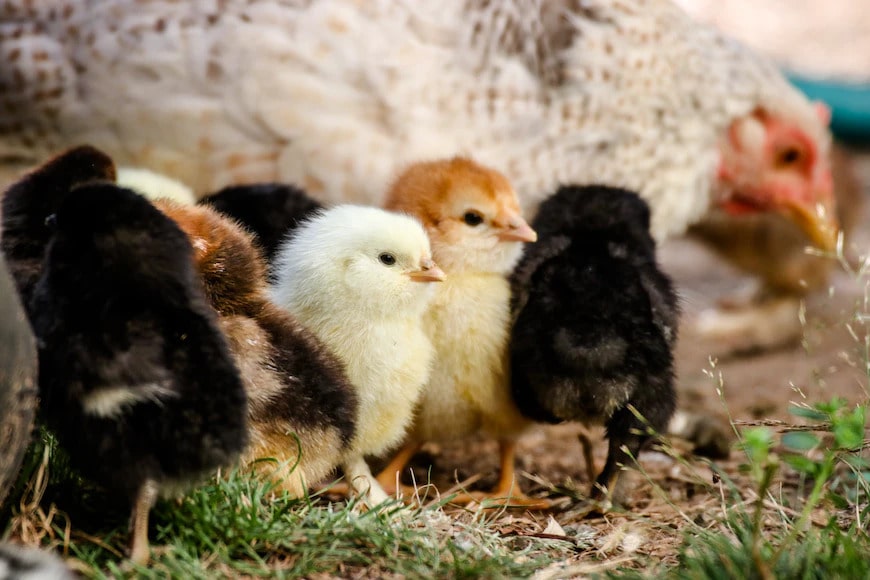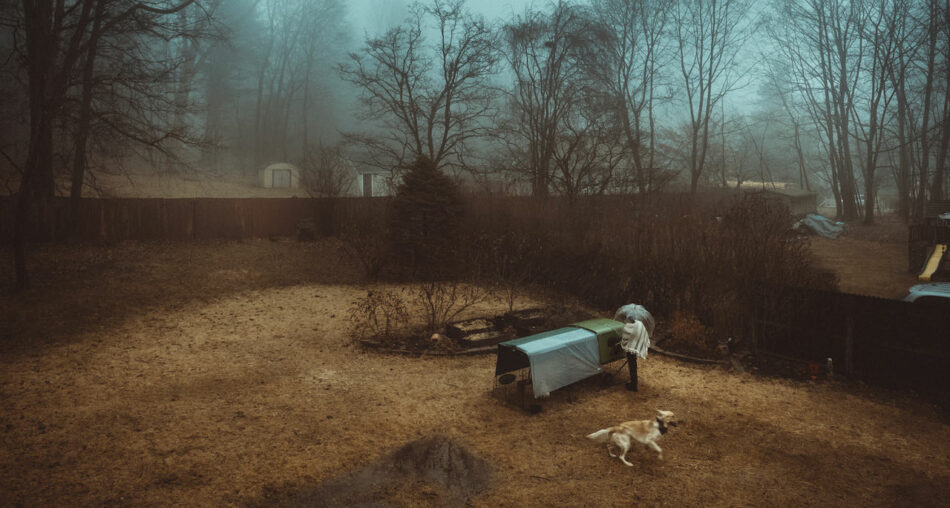Choosing the right breed of chick for fall

Have you thought about raising chicks this fall? There are many advantages to brooding chicks in the fall versus the spring, but it’s important to choose the right breed for your climate and weather patterns. We’ll help you in your journey to find the right breed of chick for fall, and offer some tips to help your young hens thrive.
Raising chicks in fall 101
Fall is a great time to raise chicks. The weather is mild, and chicks that grow out over the fall and winter will be ready to lay eggs in the spring. Some other reasons to raise chicks in the fall include:
- Perfect temperatures for putting your chicken coop together
- Less vegetation and insects to distract your young hens from getting used to their regular diet
- Shorter days ensure your growing chicks get used to their roost-to-rise schedule
The main consideration when raising chicks in the fall is to make sure they will be fully feathered by the time cold weather comes. Most chicken breeds will be fully feathered by the time they are 6-12 weeks old, with 12 weeks of age being the best time to move them into their permanent hen house outside.
Fall chicks mean winter pullets
Once your young hens have reached 12 weeks of age, they’re ready to move into their Eglu Cube. At this age, they will be fully feathered and have enough strength to navigate a coop ladder and put themselves to bed when it’s time to roost.
The winter temperatures won’t pose a problem for fully-feathered pullets, but if you live in an area that experiences particularly cold winters, adding Eglu extreme temperature protection will make sure your pullets are at their coziest in sub-freezing conditions. Taking care of your pullets at this stage will be the same as taking care of your chickens during the winter — they may be young, but their fully-feathered frames will serve them well in the months to come.
Why do some chicken breeds do better in winter?
Most breeds of chickens fare better in colder weather than in hot, but some breeds are more likely to thrive in cold temperatures. Breeds with short combs and wattles are resistant to frostbite, and heavier breeds have more body heat to insulate them. We’ve listed some of the most cold hardy breeds that will be perfect pullets by the time winter makes its appearance.
Ameraucana
The Ameraucana chicken is a hardy breed that lays colorful eggs. They have pea-combs that are resistant to frostbite, and have a good resistance to cold temperatures.
Cochin
Cochins are very fluffy, which gives them an edge in the colder temperatures. Their legs are also covered in feathers, which helps insulate them from windchill. But their owners should take care that their leg feathers don’t get wet — damp feet during winter temperatures can be dangerous.
Dominique
The Dominique chicken has a small comb and large body, making it well equipped for the cold. Their dense feathers keep them well insulated, and their “barred” (striped) pattern is a stunning addition to a flock.
Faverolle
Faverolles are another fluffy breed. They have feathers on their face called “muffs” and are bearded, meaning they have tufts of feathers under their chins. Their legs are sparsely feathered, offering some protection from the cold. This interesting flock addition also has 5 toes as opposed to the traditional 4.
Sussex
A dual-purpose breed, the Sussex is a larger chicken with dense plumage. They may not have feathers, but their bare legs are covered nicely by their bodies when they roost. They are an overall hardy breed that is adaptable in any season.
Wyandotte
Wyandottes are big and beautiful chickens. Their body mass helps to insulate them, as does their full plumage. They have rose combs that are resistant to frostbite, and are considered to be hardy in most weather conditions. They can be found in a wide variety of colors, and are known to continue their egg production through the winter.
Cold-hardy chickens in summer
Your winter pullets will become spring chickens — and will then experience their first summer. Like all hens, cold hardy breeds need special care during summer months. But, those best suited for cold climates may struggle in the heat more than others.
Chickens release heat through their combs and wattles, so short-combed breeds may overheat more easily. Keep your chickens cool in the summer with lots of water and plenty of shade in their run with weather protection covers for walk in chicken runs. Chickens are amazingly resilient and adaptable, and the vast majority of hens are capable of weathering all of the seasons with the right setup.
Omlet and fall chicks
Our chicken-keeping products will help your fall chicks thrive — and be comfortable and protected in the process. Our Eglu Cube chicken coop will keep your pullets safe and thriving throughout the cooler weather. Extreme temperature jackets add an extra layer of insulation for your future layers — keeping them cozy all winter long in preparation for warmer weather. At Omlet, we’re here to help you and your hens enjoy every season together.
This entry was posted in Chickens

